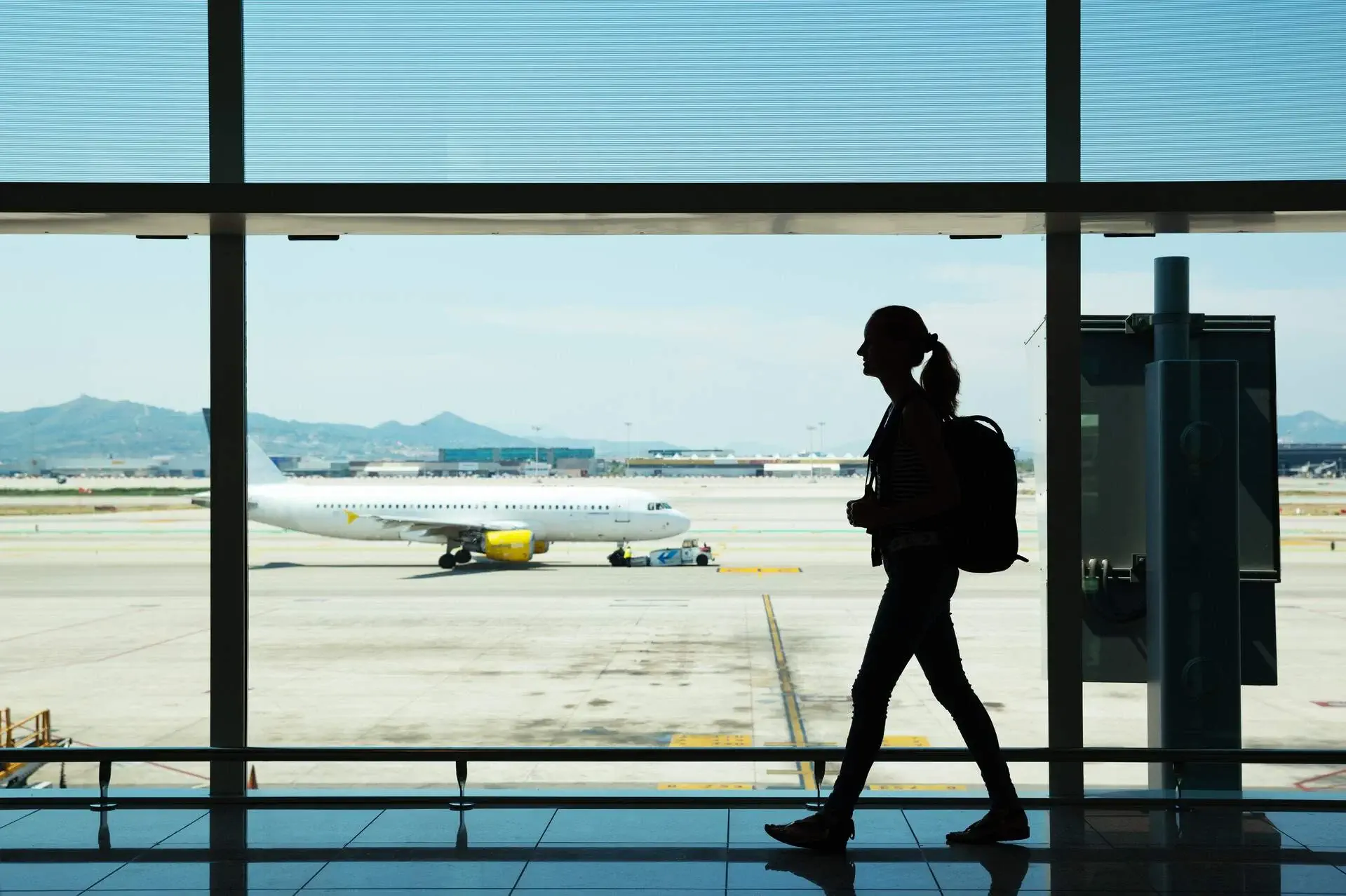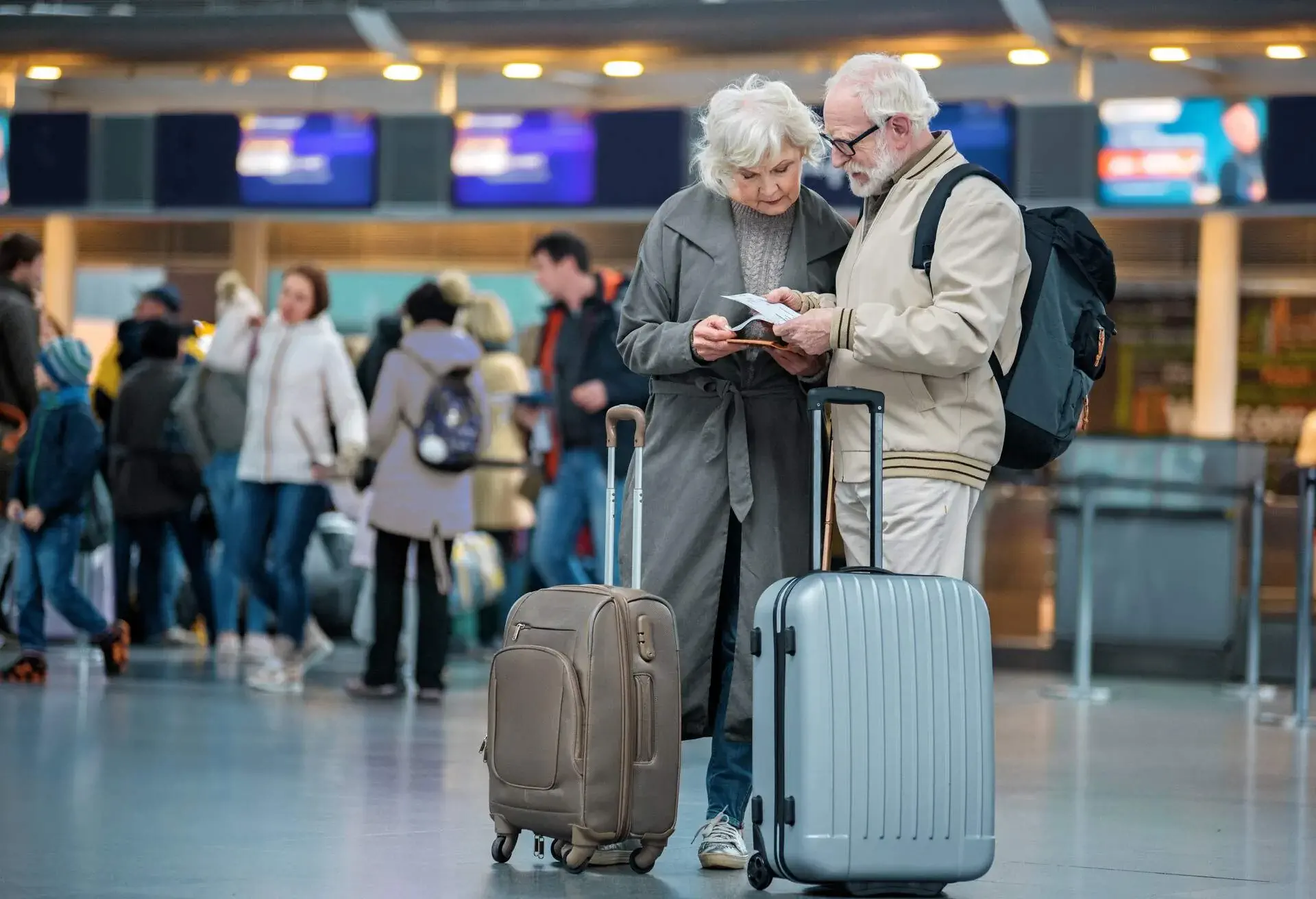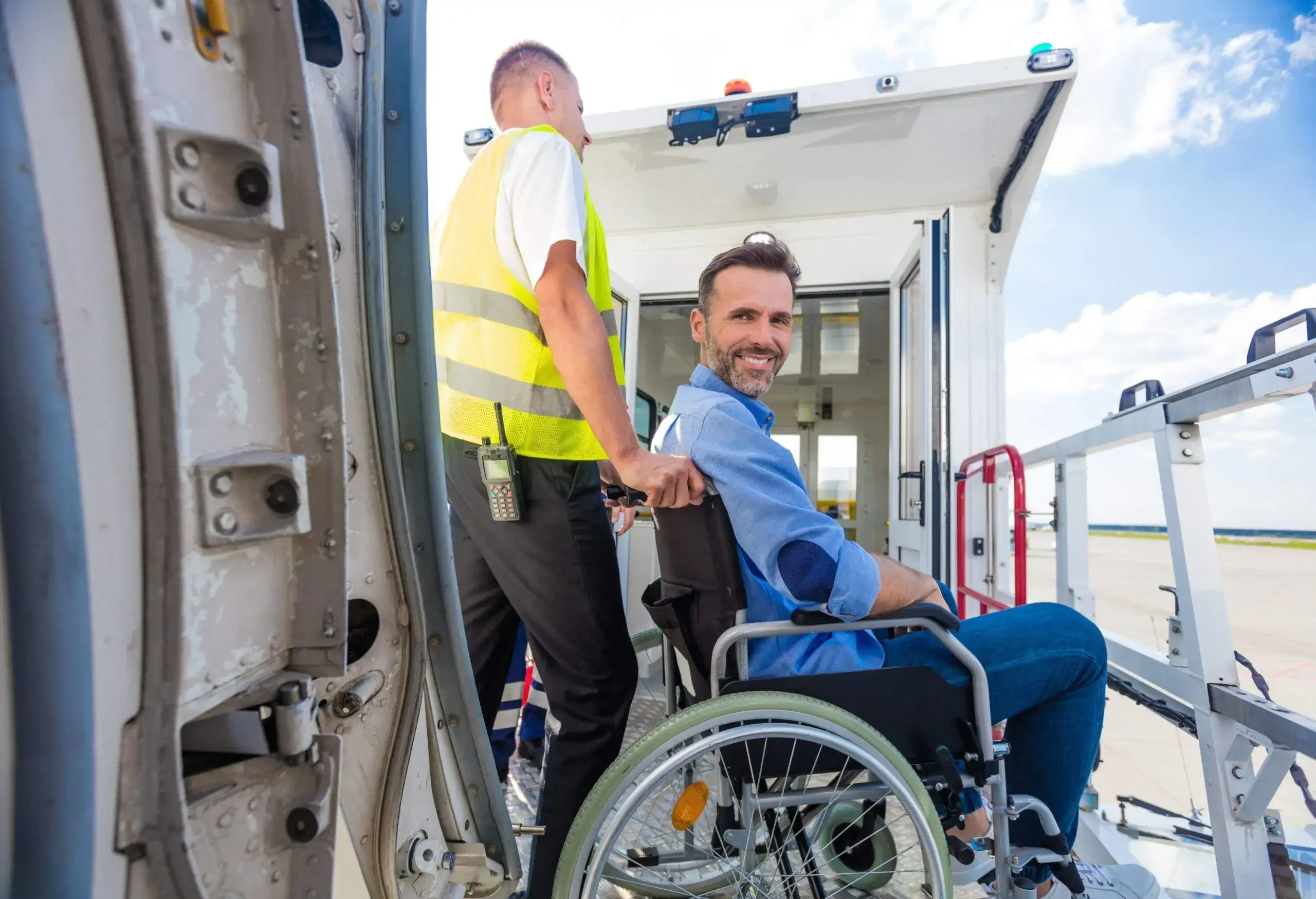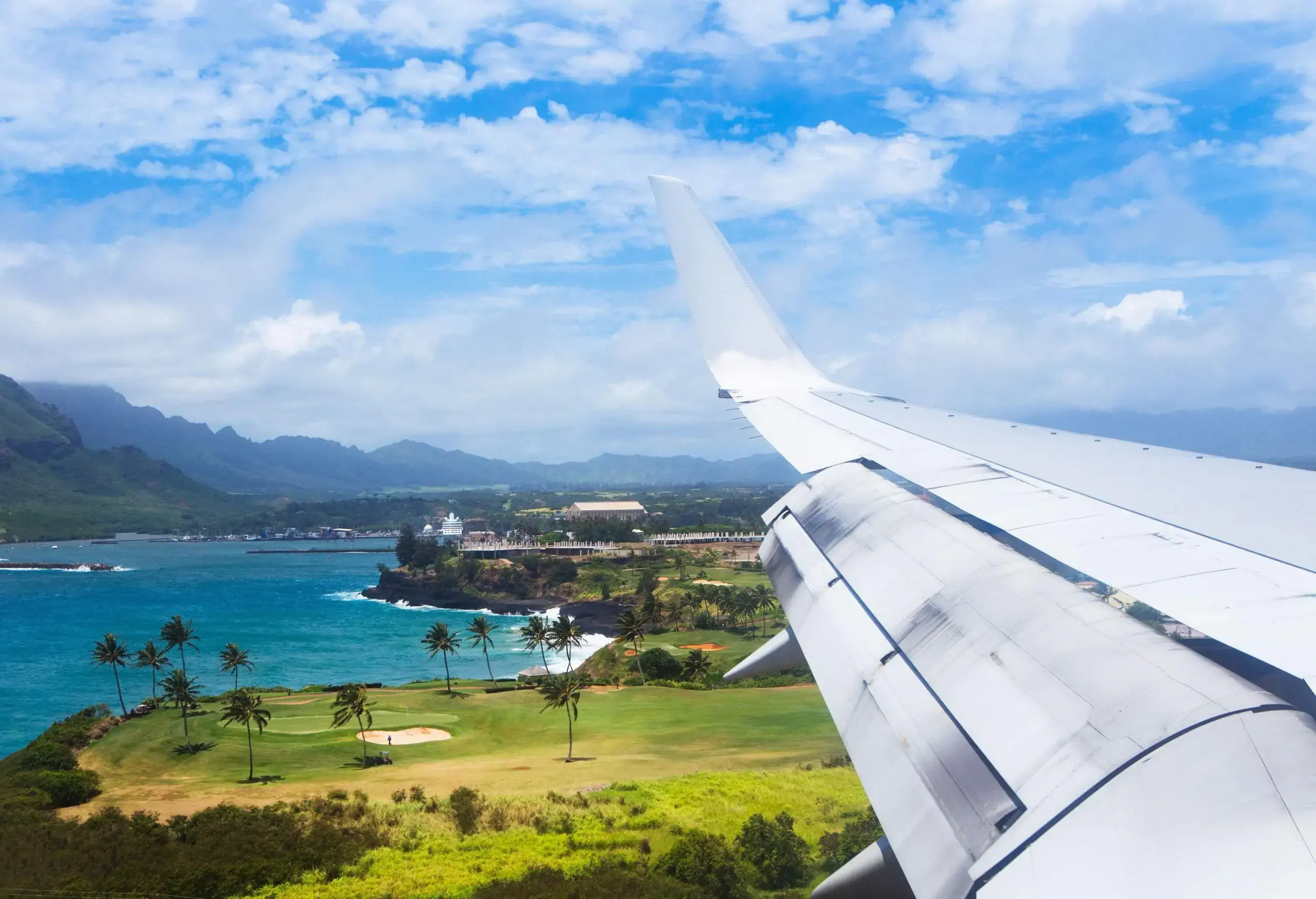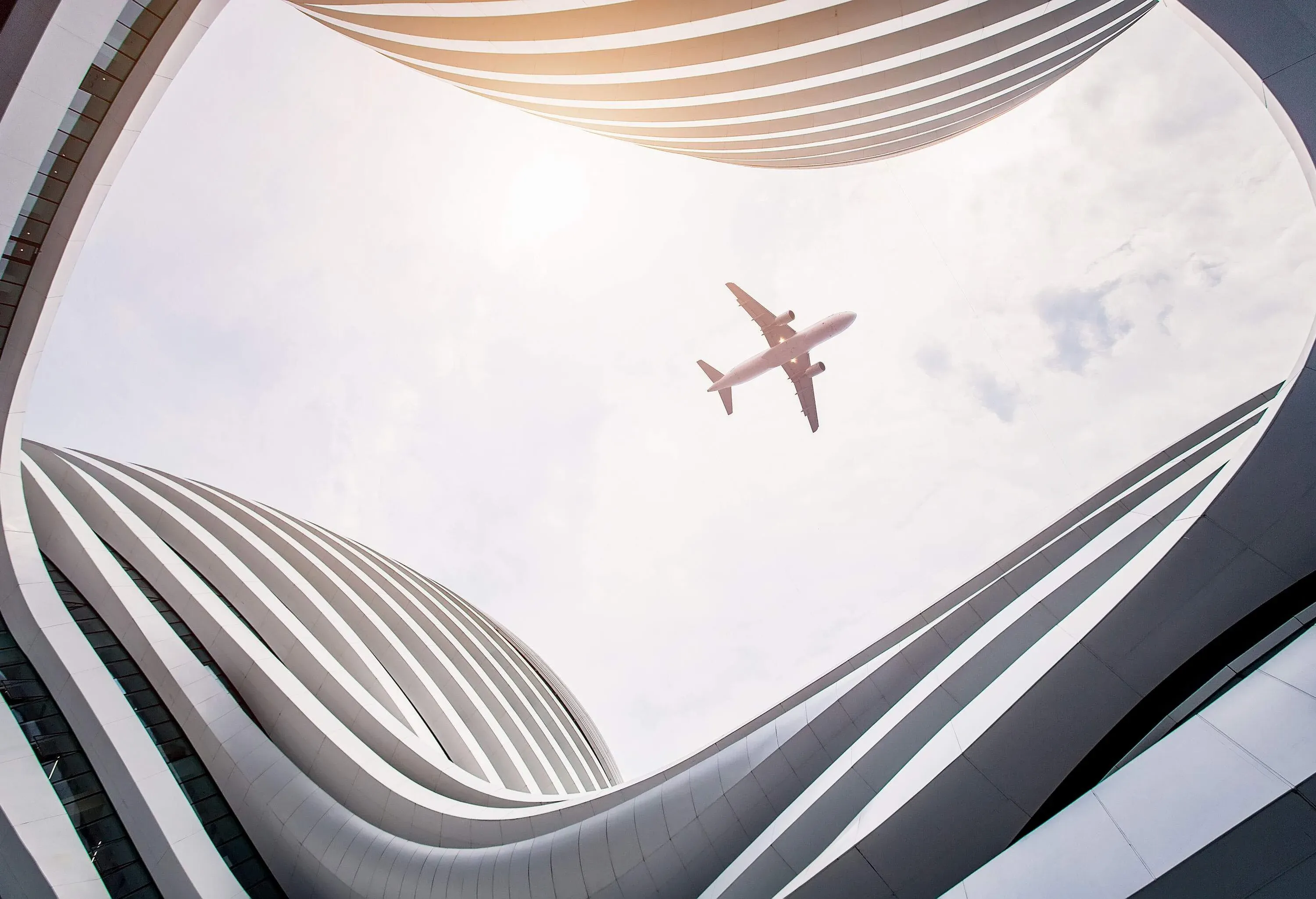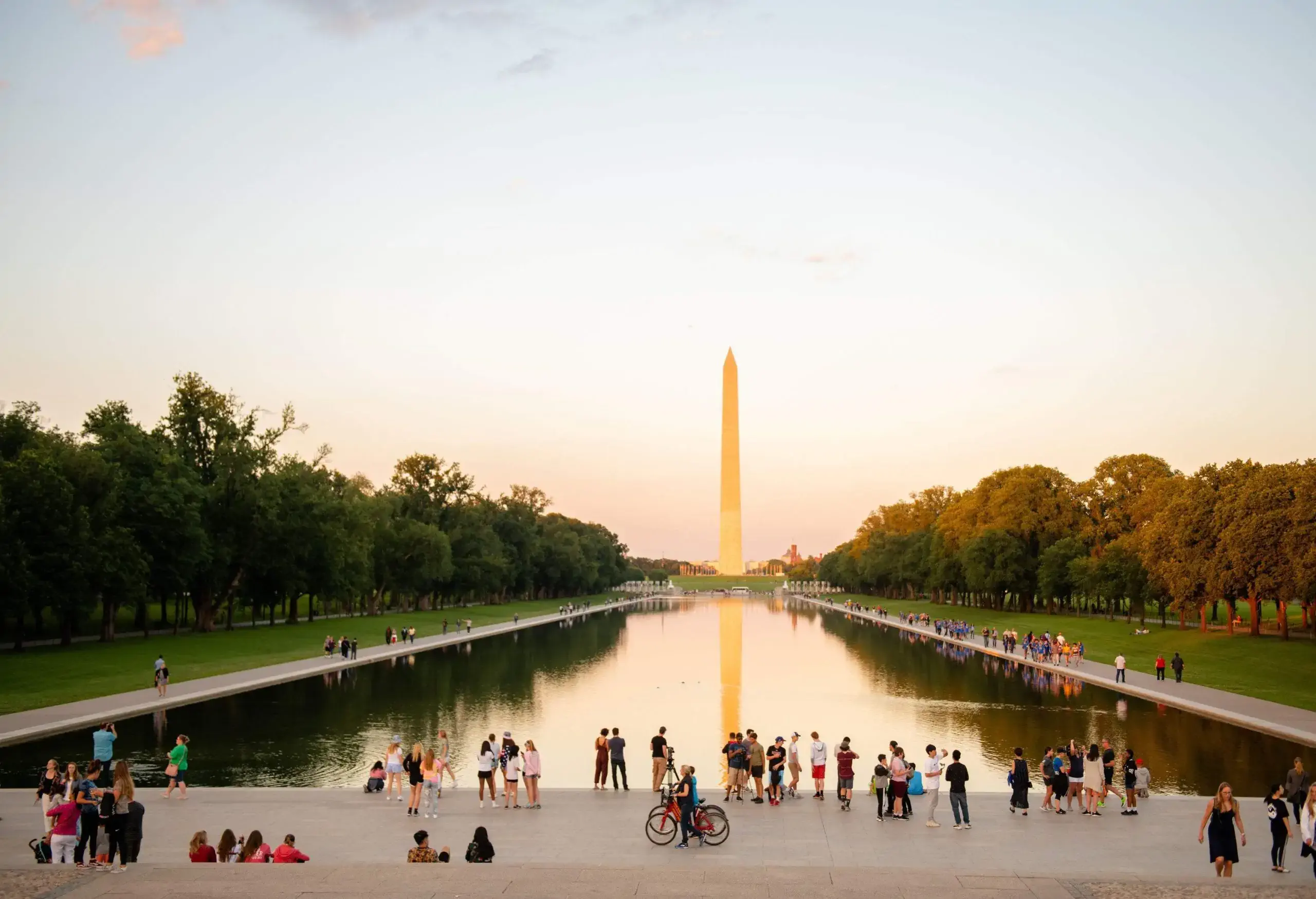If you want to compare people’s perception of air travel today with the early days of commercial flight, just look for vintage travel print ads from Pan American Airlines in the 1940s and ‘50s. In one 1950 ad, a woman in high heels and pearls is gently awakened by a smiling flight attendant. She is fully reclined with a pillow in her bed-length “Sleeperette” seat, which the ad reveals is included for no extra fare (or a full berth for $10 extra). The caption: “You mean I’ve slept all the way to Hawaii?”
Today, travelers are more likely to identify with a stressed, bedraggled flier getting shuttled through endless security lines through crowds of other angry travelers. Let’s just take it as a given that we’re not returning to luxury standards in economy flight. Knowing this, there’s only one way to make flying more pleasurable for everyone — yourself included. And that’s to follow the rules of flying.
Here are a few simple bits of etiquette to practice while going through security, in the airport, and on your flight that can help keep the skies friendly.
1. Arrive early
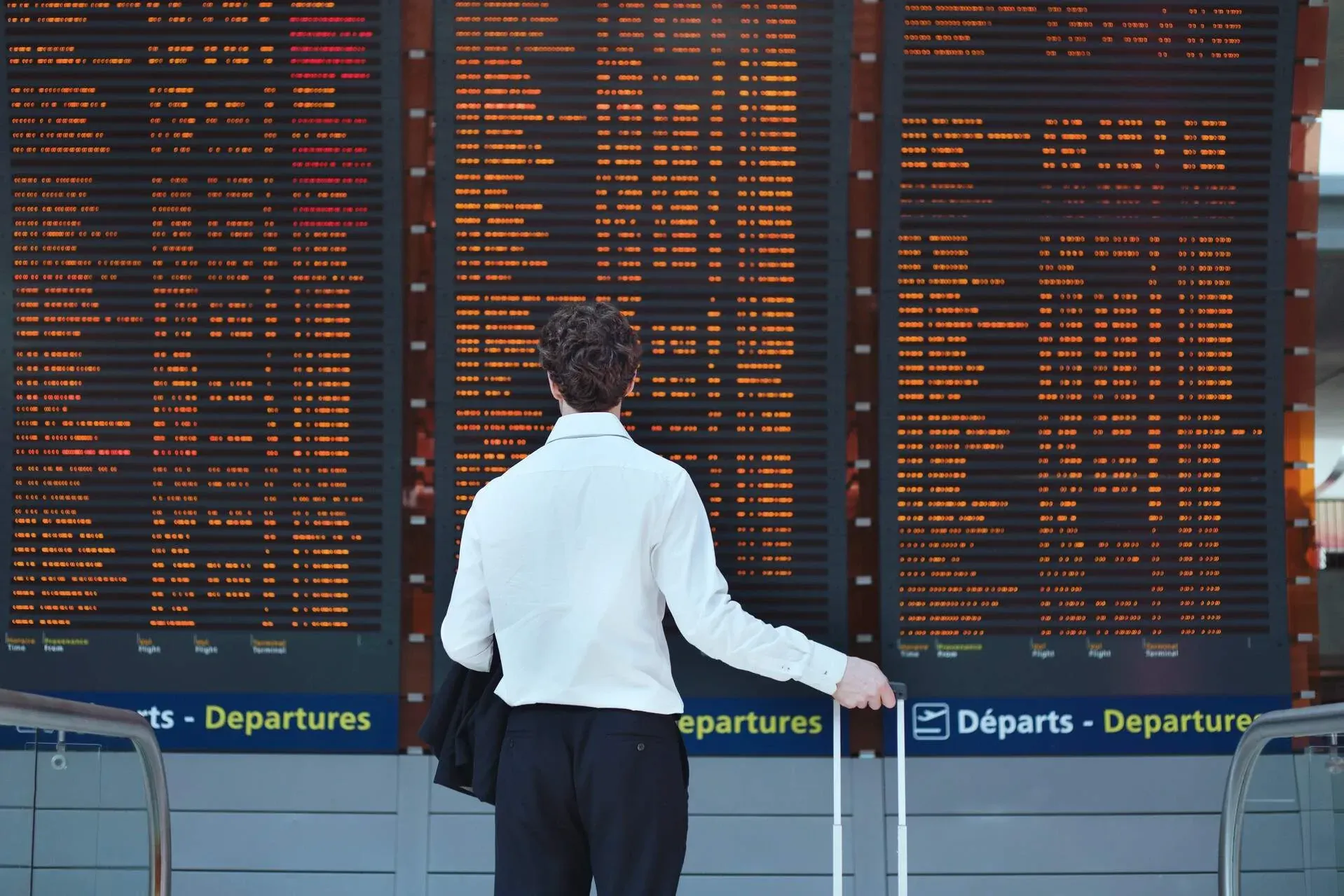
Most US airlines now recommend arriving two hours early for a domestic flight and three hours early for international flights. Many travelers who are registered TSA PreCheck or Clear fliers cut things a little closer since they don’t have to stand in the standard security lines. But factor in all the extras you may be subject to. For instance, even though I have both TSA PreCheck and Clear, I recently stood in a security line in which only two people could advance at a time through a circling K9 team. I also live in a city whose airport parking is often completely full. Stressed travelers heighten everyone’s anxiety.
2. Know the cutoff time for checking bags
If you’re a really early bird, remember that most airlines won’t accept luggage for check-in more than four hours before your scheduled departure.
3. Know what to pack — and what not to pack
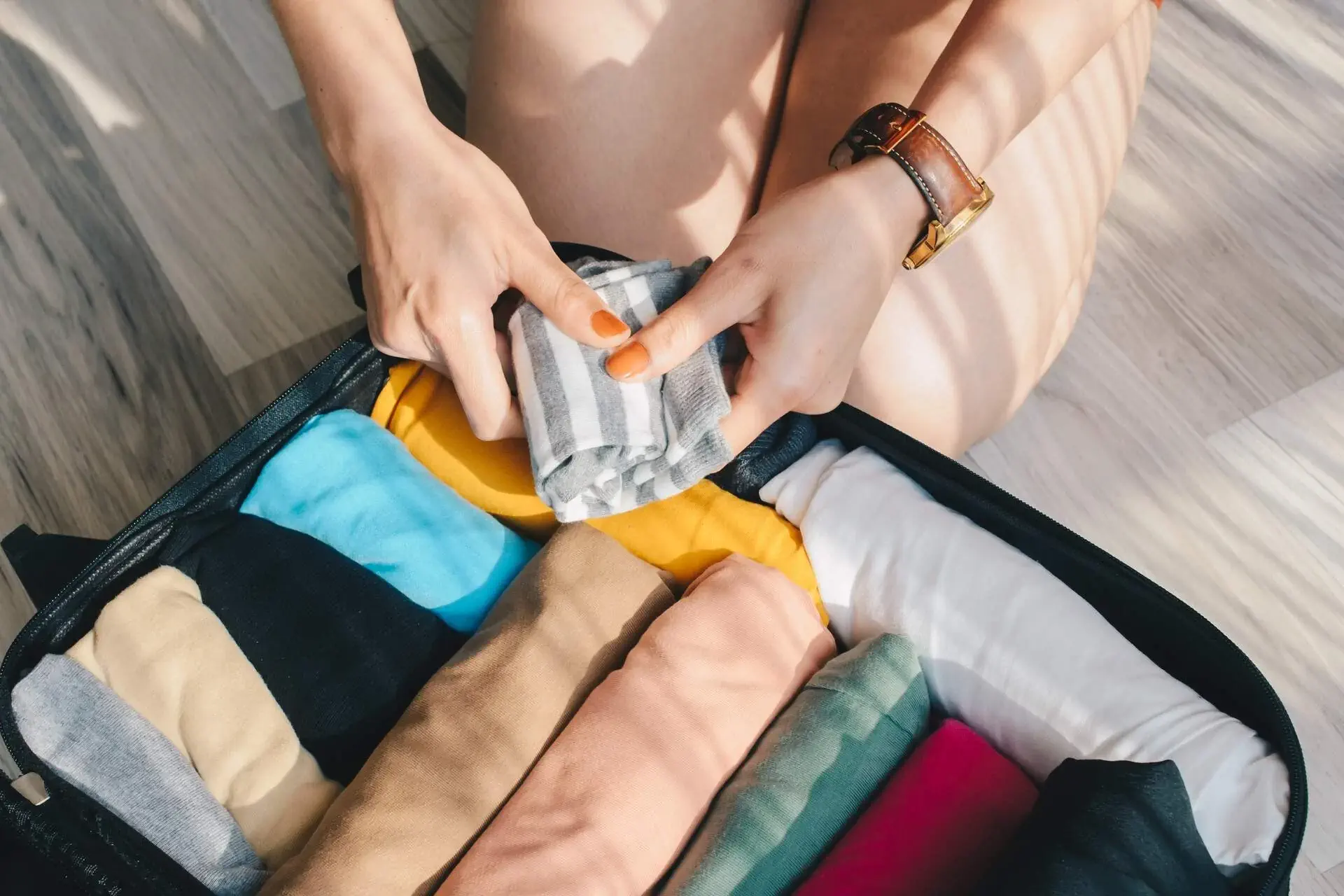
Many people are aware of the TSA’s 3-1-1 rule, which specifies that each liquid you pack must be in a 3.4 oz (100 mL) or smaller container, must be placed inside one clear quart-sized bag and that each passenger is allowed only one bag. You are likely already familiar, too, with what obvious weapons you shouldn’t pack. But if you need to drill down further to find out about, say, your airbrush makeup kit (yes, fine), bowling pins (you can check but don’t carry on), chlorine (no), or a host of other permitted or prohibited items, check out our guide on what is not allowed in a carry-on.
4. Don’t pester the gate agent
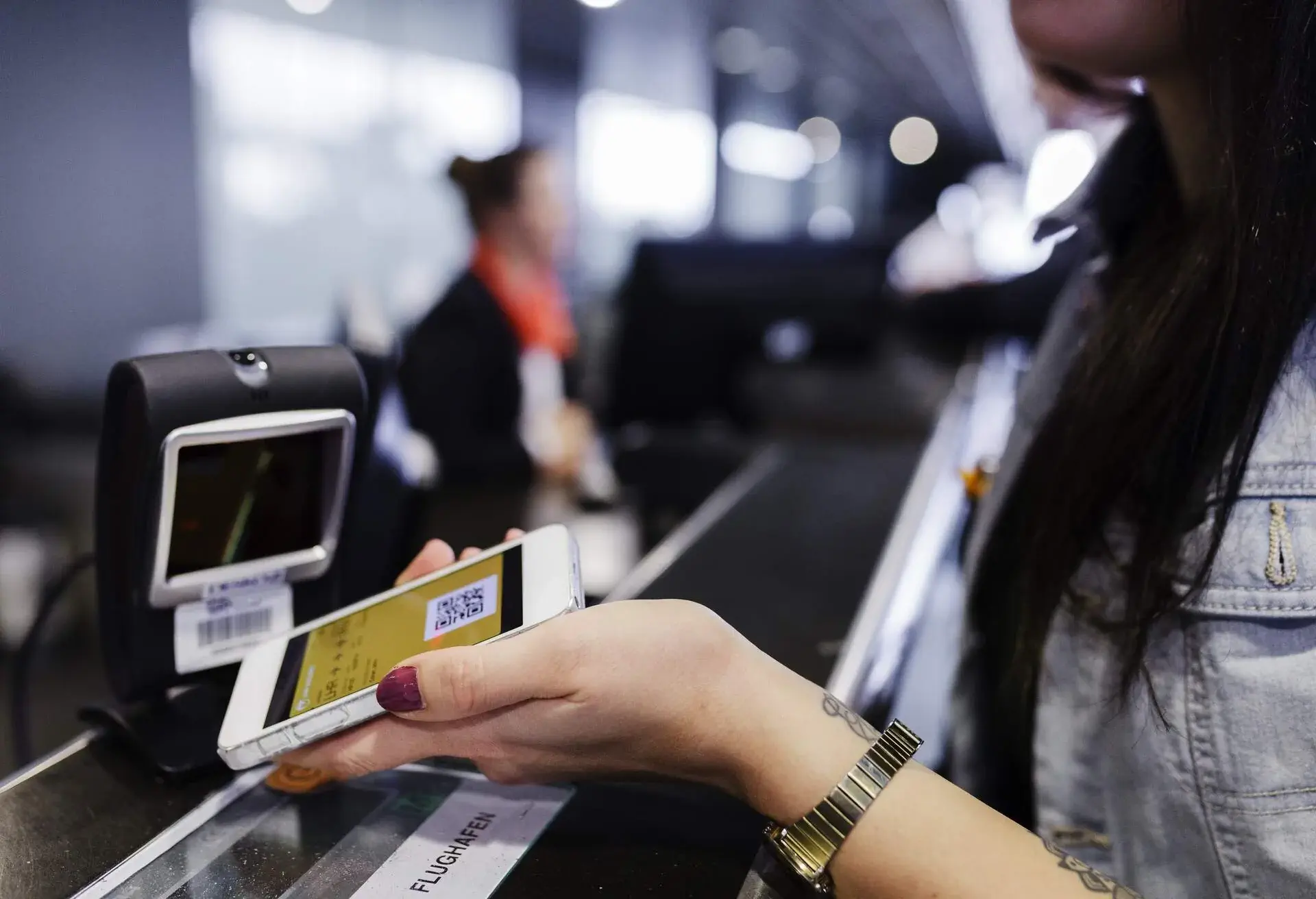
Ever wonder why the airline gate agent doesn’t seem to have time for you? That’s because these unsung heroes are busy checking on the crew for your flight, changing seat assignments, processing upgrades, monitoring the jetway, and assigning seats to standby passengers, among other things. If you’re tempted to pepper them with questions about when the flight will arrive or leave, just track your flight using KAYAK’s Flight Tracker or use the KAYAK Mobile App for alerts for possible delays or cancellations. The gate agent does wield a certain amount of power – for instance, they can issue upgrades if the economy class is overbooked, pass out ticket and meal vouchers, and on rare occasions hold a flight. It’s a better idea to be kind to them than not.
5. Don’t ask someone to watch your things
And definitely don’t watch someone else’s bags. After all, you just had a very nice conversation, and they seem totally normal. They might be, or they might be carrying something that could get you arrested or put the whole terminal in danger. At the very least, your flight could get called to board or your name could be called at the desk. Some things are just common sense.
6. Keep your music/games/conversations to yourself
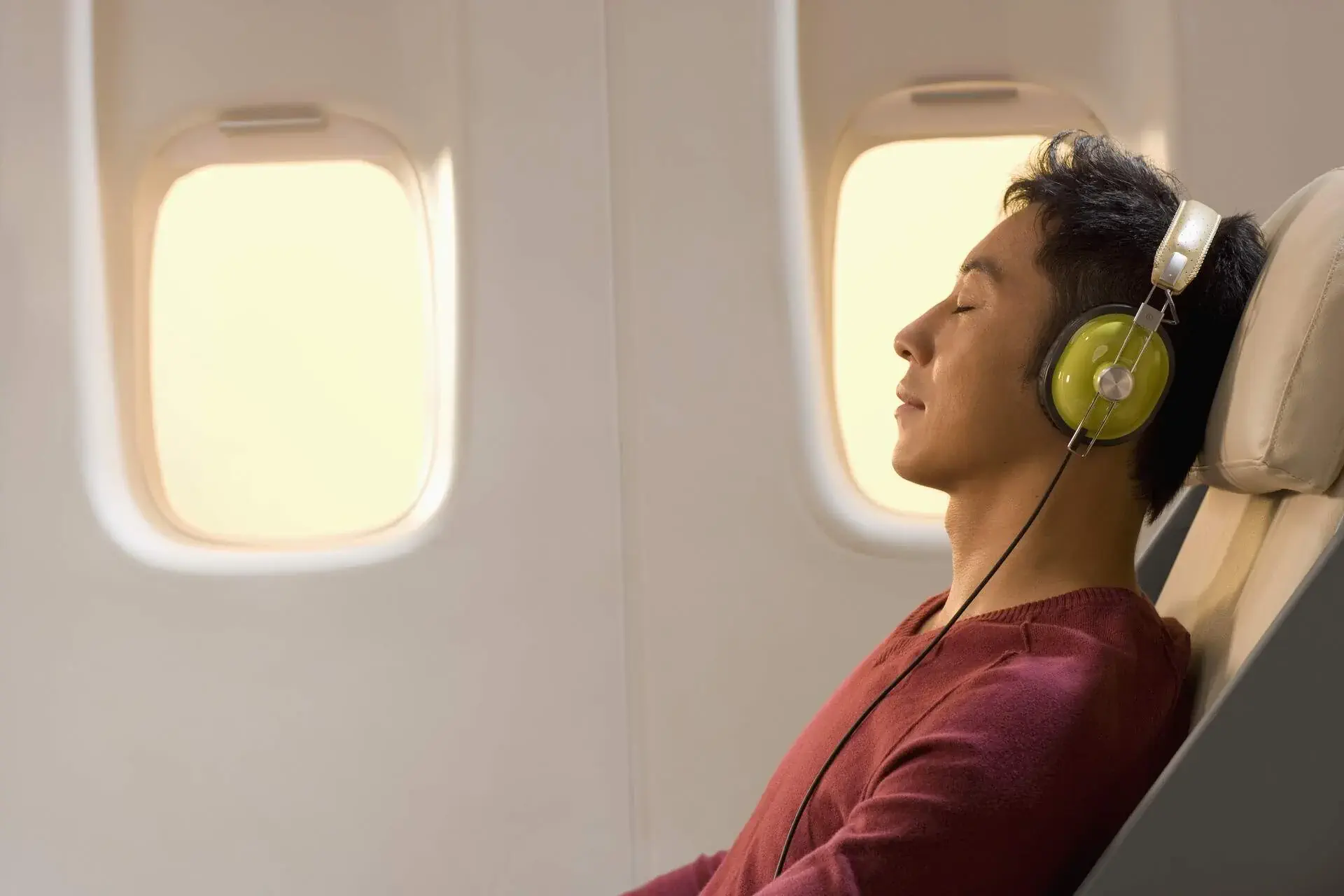
I always advocate being kind to parents with crying babies on flights. After all, I’ve been there myself. You can bet I’m vocal about avoidable noise pollution, though. I get that you want to give your kids electronic babysitters to keep them quiet on a flight, but have you ever been stuck on a long haul next to a kid playing the same game over and over on an iPad? It’s cute to parents and crazy-making to all the other people on the flight. The same goes for your own movies and games. Put headphones on the whole family and save the sanity of a whole airline full of people.
7. Keep your food to yourself
Which is to say, don’t bring smelly food onto the plane. What’s delicious to you could be stomach-turning to your fellow hundreds of passengers. This goes for just about everything you might buy in the fast-food court in the airline terminal: no one wants to smell it, especially since the scent will linger long after you’ve finished your meal. Do everyone a favor and eat it before you board. Bringing snacks is always a great idea, just make sure they’re not going to assault the noses of your fellow passengers. Think granola bars, pretzels, bananas, crackers.
8. Recline politely, if at all
Pan Am and its Sleeperette went the way of the Dodo decades ago. These days, economy seats recline a standard five degrees, giving passengers as few as 28-31 inches of seat pitch (the distance from the back of your seat to the back of the seat in front of you). In other words, if you suddenly recline your seat, the person sitting behind you may suddenly find their laptop jammed into their sternum. Avoid reclining your seat on domestic flights, unless it’s a long haul and you really must get some sleep. Then turn around and signal that you need to recline so your fellow passenger can secure whatever’s on their tray table before it flies into their lap. You can research the room and amenities on airlines on KAYAK Trips.
9. Keep your socks on
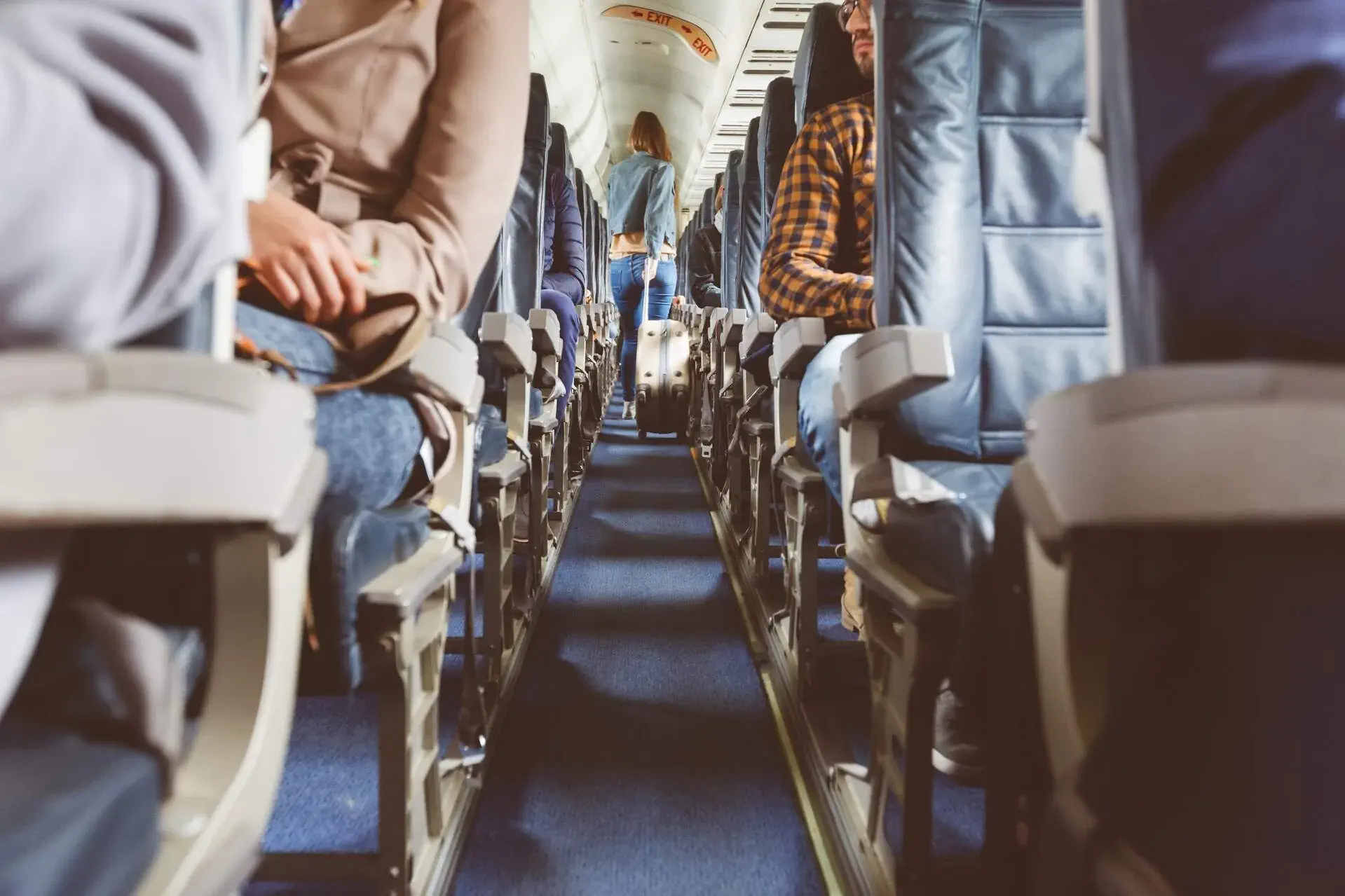
Please, for the love of all that is holy, don’t go barefoot on the plane. It’s gross. Removing just your shoes is debatable, and generally okay if you’re not swinging your stockinged feet around in other people’s space. If you take them off while sleeping, make sure they’re secured so other passengers don’t trip on them while walking through the aisle. Among the worst offenses: walking into the restroom in bare feet or socks. Just put on your shoes. You managed to get here in them, you can put them on to walk into the bathroom.
How this guide was created
I’m a longtime former travel writer who wrote a consumer advice column for Travel + Leisure magazine for years and wrote the “Takeoffs and Landings” column in The Wall Street Journal. I’ve been on both sides of the divide when it comes to crying babies in flight, and have experienced plenty of aggressive passengers, in-flight smelly food, and bare feet — but not as many as flight attendants, the real heroes! This advice comes from my own experience and that of my airline professional friends.

